Orchids are one of the most captivating and diverse families of flowering plants, admired for their delicate beauty, intricate blooms, and long-lasting flowers. While commonly associated with tropical rainforests, orchids have become popular indoor plants around the world thanks to their exotic appearance and surprisingly adaptable nature. However, one of the most frequently asked questions among orchid enthusiasts is: how long can orchids live indoors?
This article offers a detailed, research-backed exploration of the lifespan of indoor orchids, the factors that influence their longevity, common care practices, and how you can help your orchid thrive for years — even decades — inside your home.
Understanding Orchid Lifespan
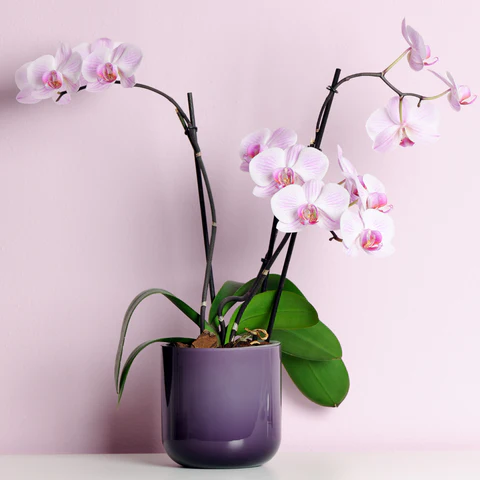
When cared for properly, orchids are among the longest-living houseplants you can own. Their lifespan varies significantly based on species, environmental conditions, and care routines.
Average Lifespan of Indoor Orchids:
- Phalaenopsis (Moth Orchid): 10–15 years (commonly grown indoors)
- Cattleya Orchids: 7–15 years
- Dendrobium Orchids: 10–20 years
- Oncidium Orchids: 15–20 years
- Paphiopedilum (Slipper Orchids): 10–15 years
Some orchids in botanical gardens and private collections have lived over 50 years, with consistent care and occasional repotting.
It’s important to understand that while the individual blooms of an orchid typically last a few weeks to several months, the plant itself can live and rebloom multiple times throughout its lifespan.
Factors That Affect the Lifespan of Indoor Orchids
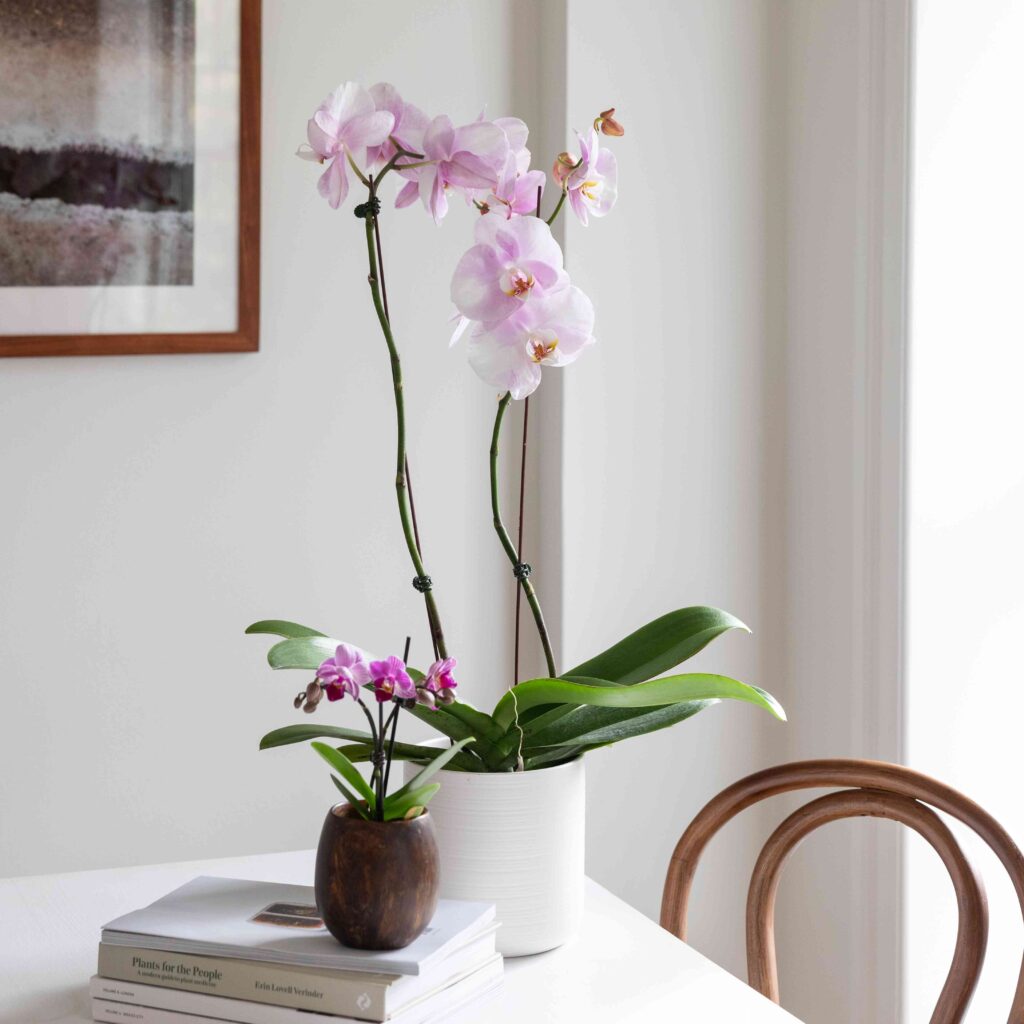
Several critical factors influence how long an orchid can live indoors:
1. Species and Hybrid Type
Different orchid species have different growth rates, bloom cycles, and lifespan tendencies. Phalaenopsis orchids, for example, are especially hardy and long-living, making them ideal for indoor conditions.
2. Light Exposure
Orchids need bright, indirect light to thrive. Insufficient light weakens the plant, while too much direct sun can scorch leaves and reduce lifespan. A spot near an east-facing window is often ideal.
3. Watering Practices
Overwatering is a leading cause of orchid death indoors. Most orchids prefer to dry out slightly between waterings. A good rule of thumb is to water once a week in warmer months and every 10–14 days in winter, depending on humidity and temperature.
4. Humidity Levels
Orchids, particularly tropical species, thrive in 50–70% humidity. Dry indoor air from heaters or air conditioners can shorten an orchid’s lifespan. Misting, humidity trays, or room humidifiers help maintain suitable moisture levels.
5. Potting Medium and Drainage
Orchids dislike sitting in soggy soil. Specialized potting mixes with bark, perlite, or sphagnum moss provide excellent aeration and drainage, prolonging root health and plant longevity.
6. Temperature Conditions
Orchids prefer consistent temperatures between 60°F–80°F (15°C–27°C). Exposure to temperature extremes, drafts, or cold windowsills can stress the plant and reduce its lifespan.
7. Repotting Routine
Regular repotting every 1–3 years rejuvenates the potting medium, removes decaying roots, and encourages continued growth.
How Long Do Orchid Flowers Last Indoors?
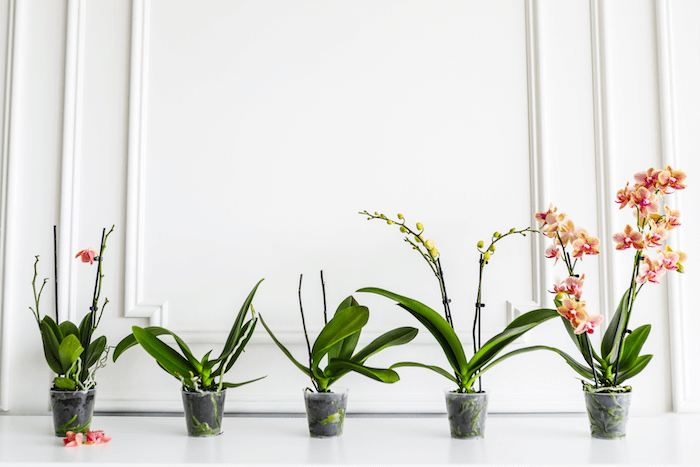
While orchids as plants can live for many years, their individual flower blooms have shorter lifespans:
- Phalaenopsis blooms: 2–3 months
- Cattleya blooms: 2–4 weeks
- Dendrobium blooms: 4–8 weeks
- Oncidium blooms: 1–3 months
After the flowers fade, the orchid enters a resting phase, during which it stores energy for future blooming.
Can Orchids Rebloom Indoors?
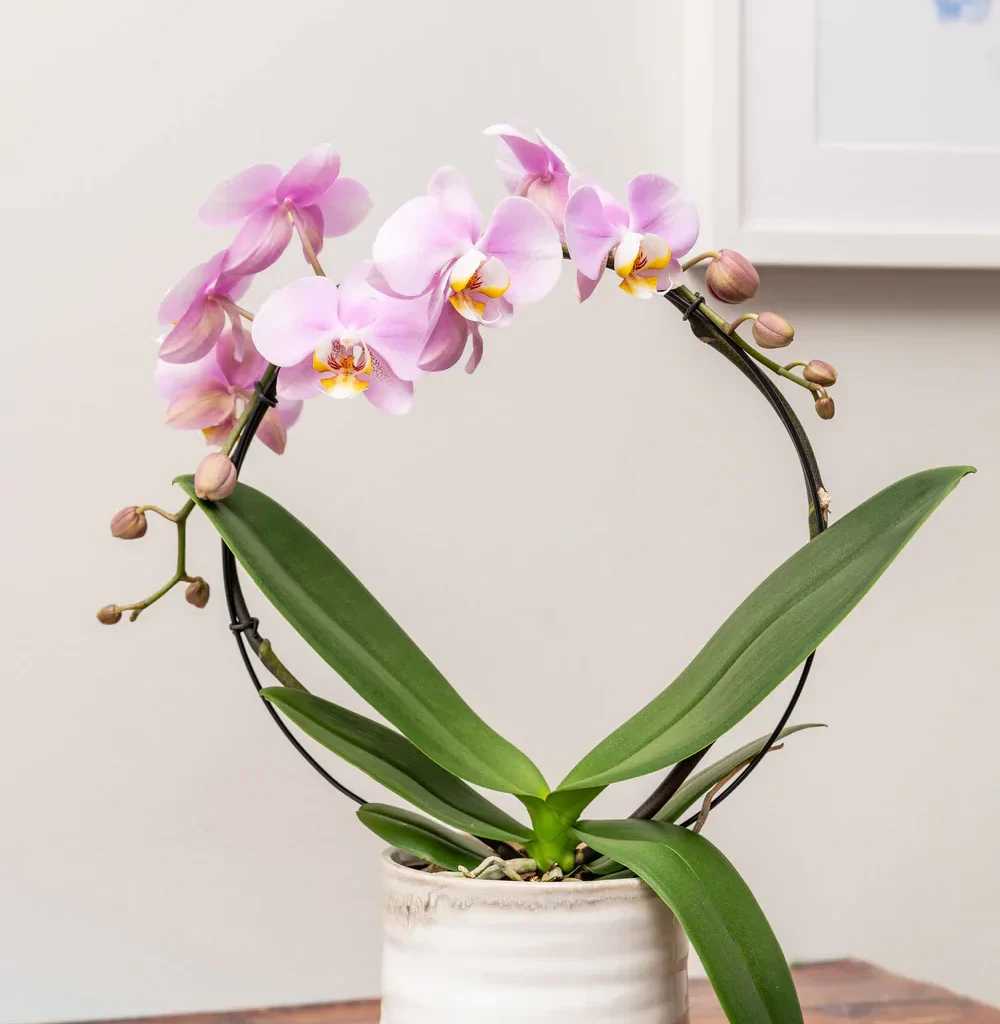
Yes — one of the best features of long-living orchids is their ability to rebloom multiple times when properly cared for.
To encourage reblooming:
- Maintain bright, indirect light.
- Keep a consistent watering schedule.
- Provide adequate humidity.
- Fertilize monthly during active growth.
- Allow a slight temperature drop at night (5–10°F lower than daytime) to trigger blooming in certain species like Phalaenopsis.
Most orchids rebloom once or twice a year, depending on species and care conditions.
How to Extend the Lifespan of Indoor Orchids
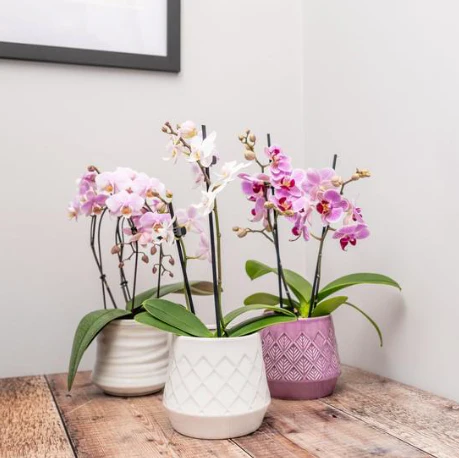
With mindful care and a favorable environment, you can help your orchids thrive for decades.
Proven tips to extend orchid lifespan:
- Avoid overwatering — check moisture before watering.
- Trim dead flowers and yellow leaves to redirect energy to healthy parts.
- Use a well-draining orchid mix — never regular potting soil.
- Repot regularly to refresh the medium and remove decayed roots.
- Feed with a balanced, water-soluble orchid fertilizer every 2–4 weeks during growth periods.
- Protect orchids from pests like aphids, scale, and spider mites.
- Rotate plant position occasionally to ensure even light exposure.
Common Mistakes That Shorten Orchid Lifespan
Even seasoned plant owners sometimes struggle with orchids. Here are some frequent errors to avoid:
- Leaving orchids in standing water
- Placing in direct sunlight
- Using regular houseplant soil
- Ignoring signs of root rot or pest infestations
- Over-fertilizing, which can burn roots
- Keeping orchids in drafty, overly cold or hot spots
Avoiding these mistakes will dramatically improve your orchid’s longevity indoors.
Do Orchids Go Dormant Indoors?
Yes — after blooming, many orchids enter a dormant or resting phase, which can last from a few weeks to several months, depending on the species.
During this period:
- Flower spikes dry and drop blooms.
- The plant conserves energy and grows new roots or leaves.
- Watering should be reduced slightly.
- Fertilizing can be paused or cut back.
Dormancy is a healthy, natural part of the orchid life cycle and extends the plant’s overall lifespan by preserving its resources.
Notable Long-Living Orchid Examples
Some orchids have become famous for their exceptional longevity:
- Phalaenopsis hybrids kept as houseplants have been documented living 15–20 years with proper care.
- Dendrobium species in botanical collections have survived 30–50 years.
- Rare orchids in tropical conservatories are known to live over 70 years in controlled environments.
While the average home orchid might not reach those impressive ages, attentive care can keep your plant flourishing for well over a decade.
Conclusion
In summary, orchids can live 10–20 years indoors on average, with some species and well-cared-for plants thriving for several decades. An orchid’s longevity depends on its species, environment, and maintenance routine. By providing the right balance of light, water, humidity, and care — and by respecting natural rest cycles — you can enjoy your orchid’s elegant presence for many years.
While individual blooms last a few weeks to months, the plant’s lifespan is much longer and can reward patient, consistent care with repeated flowering displays season after season. Understanding orchid needs and adjusting your care habits accordingly will help your indoor orchids live their longest, healthiest life.




Leave A Comment